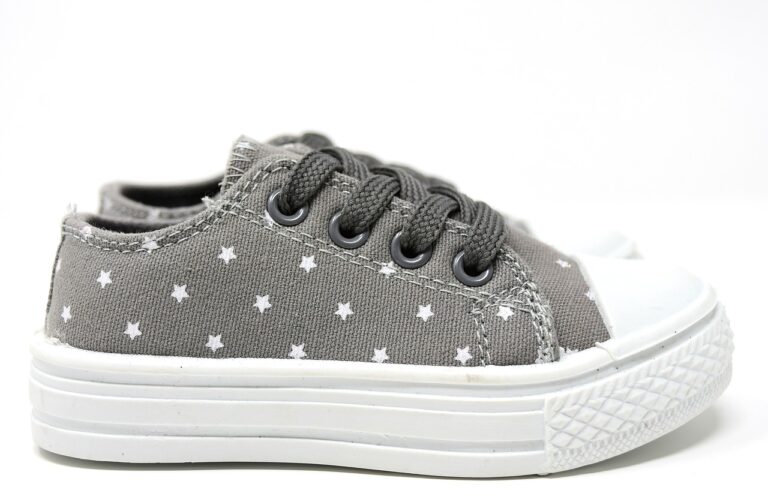Fashion and Sustainable Fashion Innovation: Exploring New Materials and Technologies for Eco-Friendly Clothing Production
Textile innovation is at the forefront of shaping the future of eco-conscious clothing. With a growing emphasis on sustainability in the fashion industry, designers and manufacturers are increasingly turning to alternative materials that have a reduced impact on the environment. From recycled plastic bottles spun into polyester yarn to fabrics derived from agricultural by-products like pineapple leaves and orange peels, the options are diverse and promising.
These innovative textile alternatives not only offer a more sustainable choice for eco-conscious consumers but also push the boundaries of traditional garment production. By exploring unconventional sources for fabric creation, the fashion industry is paving the way for a more circular and environmentally-friendly approach to clothing design and manufacturing. As technology continues to advance, the possibilities for eco-conscious textiles are expanding, opening up a world of creativity and sustainability in the realm of fashion.
Biodegradable Fabrics: A Game-Changer in Sustainable Fashion
The fashion industry is constantly evolving, with a growing emphasis on sustainability. As consumers become more conscious of the environmental impact of their clothing choices, there is a marked shift towards biodegradable fabrics. These innovative materials offer a promising solution to the issue of textile waste, as they break down naturally over time, leaving behind minimal ecological footprint. From organic cotton and hemp to lyocell and bamboo, biodegradable fabrics are gaining traction for their eco-friendly properties and versatile applications in the world of fashion.
In addition to their environmental benefits, biodegradable fabrics also offer a host of advantages in terms of comfort and durability. These materials are often breathable, moisture-wicking, and hypoallergenic, making them ideal for sustainable clothing that prioritizes both style and comfort. As fashion brands increasingly prioritize sustainability in their production processes, incorporating biodegradable fabrics into their collections is a tangible step towards reducing the industry’s environmental impact and promoting a more circular approach to fashion.
Biodegradable fabrics break down naturally over time, reducing textile waste
Organic cotton, hemp, lyocell, and bamboo are popular biodegradable fabric options
These materials offer eco-friendly properties and versatile applications in fashion
Biodegradable fabrics are breathable, moisture-wicking, and hypoallergenic for comfort
Incorporating biodegradable fabrics into collections reduces the fashion industry’s environmental impact
Revolutionizing Clothing Production with 3D Printing Technology
3D printing technology has been making waves in the clothing industry for its potential to revolutionize the way garments are produced. This innovative approach allows for intricate designs to be created with precision and efficiency, minimizing waste in the production process. With 3D printing, designers can bring their creative visions to life in a more sustainable way, reducing the environmental impact of traditional manufacturing methods.
One of the key advantages of 3D printing technology in clothing production is the ability to customize garments to individual measurements. This not only leads to a better fit for consumers, but also reduces the need for excess inventory and unsold items. By shifting towards a more on-demand manufacturing model, the fashion industry can move towards a more sustainable future, where resources are used more efficiently and products are made with a focus on quality and longevity.
What are some innovative textile alternatives for eco-conscious clothing?
Some innovative textile alternatives for eco-conscious clothing include fabrics made from recycled materials, organic cotton, hemp, bamboo, and biodegradable fabrics.
How are biodegradable fabrics changing the game in sustainable fashion?
Biodegradable fabrics are changing the game in sustainable fashion by offering a more environmentally friendly alternative to traditional synthetic fabrics. These fabrics break down naturally over time, reducing the impact on the environment.
How is 3D printing technology revolutionizing clothing production?
3D printing technology is revolutionizing clothing production by allowing for the creation of custom clothing items with minimal waste. This technology enables designers to create intricate designs and unique garments that would be difficult or impossible to produce using traditional methods.







